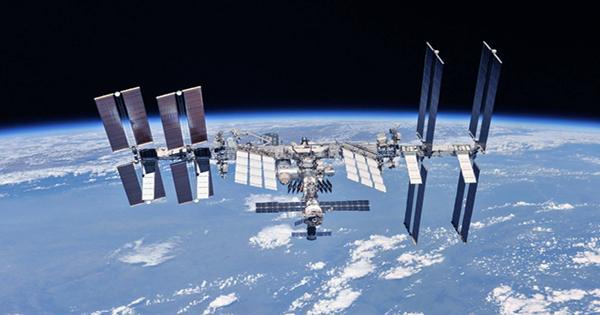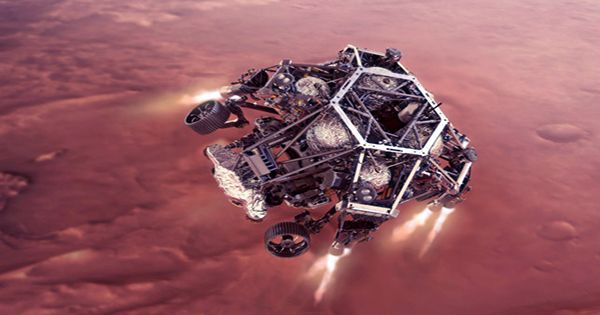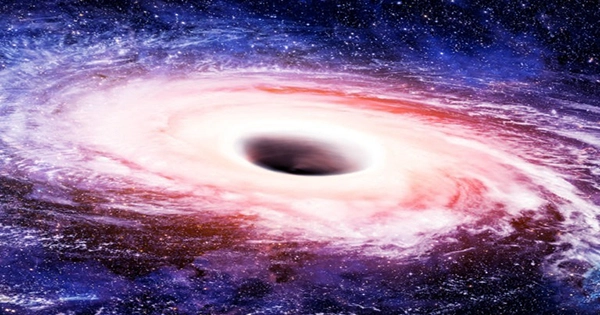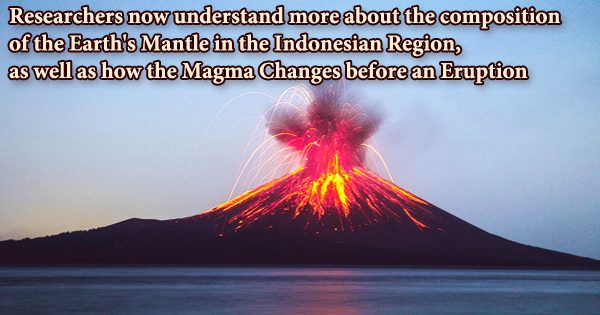The Russian military has used a missile to destroy one of its own satellites, resulting in space debris that poses a threat to everyone in orbit, including Russian astronauts on the International Space Station (ISS). Cosmos 1408, which launched in 1982, was destroyed on November 15 by a ground-based missile. The resultant cloud of debris might trigger an avalanche of subsequent collisions, posing a greater hazard to low-Earth orbit.
It comes only a week after the International Space Station had to take evasive steps to dodge a component of the Fengyun-1C satellite, which China blew up in 2007.
The ISS personnel shielded from the possibility of a debris cloud, which NASA blamed to Cosmos 1408’s demise. “It is unfathomable that Russia would risk not just the American and international partner astronauts aboard the ISS, but also their own cosmonauts,” NASA Administrator Bill Nelson stated.
Thousands of operational satellites, numerous dead satellites, and millions of bits of space trash — ranging from equipment lost during spacewalks to paint chips – already clog low Earth orbit. Even though most space trash fragments are tiny, they can dangerous if their speed or direction differs significantly, from whatever they collide. The Kessler Syndrome is a long-term hazard in which a certain altitude becomes so congested a chain reaction of collisions occurs, with each hit producing more debris, which increases the probability of subsequent accidents.
Cosmos 1408 has the potential to be the single worst incident in humanity’s history of fouling space. Dr. Alice Gorman of Flinders University told IFLScience that it weighted 2,200 kilograms (4,850 pounds), whereas Fengyun-1C weighed just 880 kilograms (1,940 pounds). Fengyun-1C finally formed 2,000 pieces large enough to track — more than 10 centimeters (4 inches) wide, according to Gorman, who penned the book Dr. Space Junk vs The Universe: Archaeology and the Future. The US State Department claims to have discovered 1,500 bits large enough to be traced from Cosmos 1408, but Gorman believes the number will grow. Other satellites used for missile target practice were significantly smaller, resulting in less debris.
The fragments of Cosmos 1408 are well inside the zone where air drag will cause their orbits to decline, ultimately resolving the issue, with an orbit ranging between 645 and 679 kilometers (400 and 422 miles). However, according to Gorman, the timetable for this is uncertain.
Gorman told IFLScience, “They constantly claim things would deteriorate rapidly.” “That’s what they say about Starlink,” says the narrator. If rapidly meant a few hours, it would be terrific, but this may take decades.” After 14 years, half of the fragments from Fengyun 1C are still in orbit.
The Kessler Syndrome is not simply a threat to projects like Starlink; it also makes it significantly more plausible. Shifting to higher orbits would not only necessitate more fuel, but it would also modify the infrastructure requirements for ground-based sensors, according to Gormon.
Furthermore, while orbital degradation is gradual in today’s common orbits, it nearly stops around 2,000 kilometers (1,243 miles), leaving us with no option to solve the problem.
The destruction of Cosmos 1408 was particularly distressing since it occurred at a time when Russian cosmonauts are on board the International Space Station (ISS) and may attack by one of the newly produced objects. Roscosmos, Russia’s space agency is aware of the threats, having pushed the International Space Station (ISS) clear of the Fengyun 1C piece last week using one of its supply ships. According to Gorman’s sources, Roscosmos was unaware of the military’s plans until after Cosmos 1408 was blown up, which not refuted by the strange statement the agency provided.
















